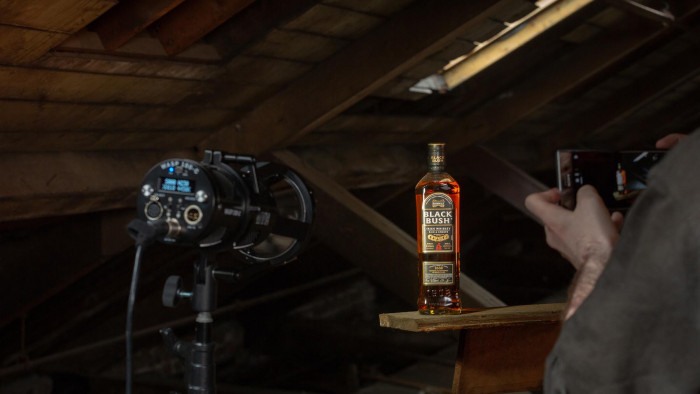These amazing time-lapses were created with public photos
These amazing time-lapses were created with public photos


Hold it... hold it... hoooold it.
That, in brutal simplicity, is how the standard time-lapse video is created: images captured from a single viewpoint over a set period of time, merged together to form a shifting, ageing montage. It requires time, patience and someone who knows their way around a photo editing suite.
An altogether more complicated, impressive approach has just been devised by researchers at Google and the University of Washington, creating time-lapses that span up to a decade without the team taking a single photo of their own.
Using some 86 million photos pulled from public libraries like Flickr, and a series of image-crunching algorithms, the research team has documented ultra-slow changes in popular landmarks, from shifting glaciers to high-rising skyscrapers.
"Whereas before it took months or years to create one such time-lapse, we can now almost instantly create thousands of time-lapses covering the most popular places on earth," writes Ricardo Martin-Brualla, David Gallup, and Steven M. Seitz in their research paper.


By pulling together 86 million geotagged, timestamped from around the world, the research team hypothesised they had access to more potential image data than any normal time-lapse project: a process that would usually take months or years could take hours with the right filtering. "The system automatically discovers all locations in the world with enough imagery and generates a time-lapse video for each," explains the accompanying research paper. As tourists like to take photos of landmarks from the same angle, the process is made that much easier, with "the images of each candidate time-lapse... ordered chronologically and warped into the reference camera to compensate for viewpoint differences".
After adjustments are made for varying light levels, photo quality and stabilisation, the resulting time-lapses can show years-worth of changes in a matter of seconds. Unlike most time-lapses, that require a camera to remain in exactly the same position, this process expand the length of the time-lapse with photos added at a later date.
You can check out the team's amazing work in the video below, and head here for a more complicated explanation of how it works.
(Images: University of Washington/Creative Commons)
[Via: The Verg]








